
You want to fly your drone beyond your direct line of sight. EVLOS, or Extended Visual Line of Sight, is one way you can legally achieve this. It's a system that uses trained visual observers to extend your operational range safely.
However, the specific requirements for how this works are more complex than they first appear. To take advantage of this capability, you'll first need to understand how these operations are structured and approved.

30 Second Summary
- EVLOS enables drone operation beyond the pilot’s direct visual range through a network of visual observers (VOs).
- VOs are strategically positioned to maintain continuous, unaided visual contact with the drone during its flight.
- Real-time communication between the pilot and observers is used to relay the drone's position and maintain situational awareness.
- This method is ideal for inspecting long, linear infrastructure like railways, highways, and pipelines.
- In the UK, EVLOS operations require a specific Operating Safety Case (OSC) to be approved by the CAA.
What Is Drone EVLOS (Extended Visual Line of Sight)
EVLOS (Extended Visual Line of Sight) is a drone operational mode where the drone flies beyond the drone pilot's direct visual range. Think of it this way: you're the drone pilot, but your drone has flown so far that you can no longer see it with your own eyes.
In an EVLOS operation, this doesn't mean you've lost situational awareness. It's because you're working with one or more trained visual observers. These team members are strategically positioned along the drone's intended flight path.
Their sole responsibility is to maintain continuous, unaided visual contact with the drone as it travels. They act as your remote set of eyes, communicating critical information back to you in real time.
This crucial link ensures that even though you can't see the drone, a trusted observer always can. This dramatically extends your operational range beyond standard visual-line-of-sight (VLOS) rules.
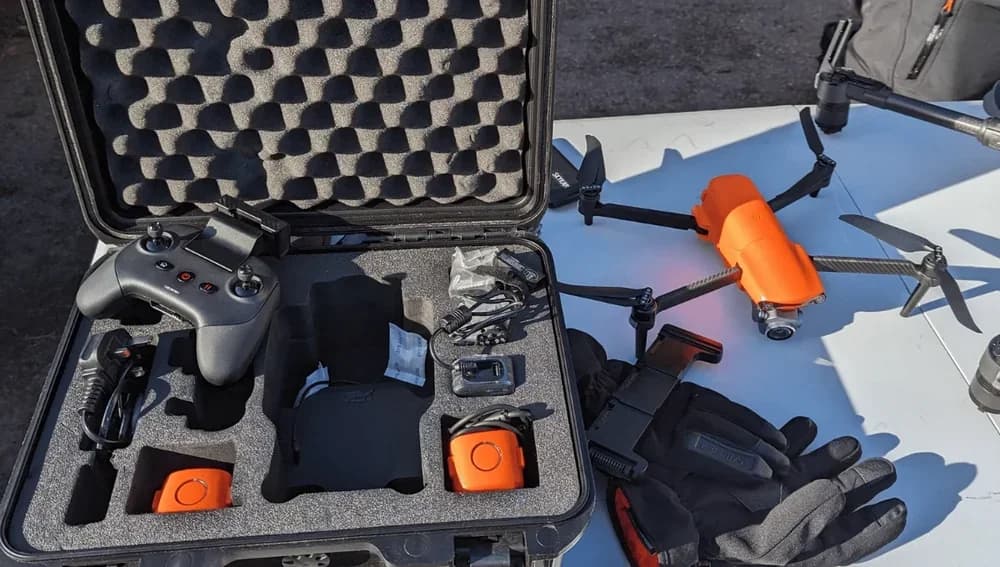
How EVLOS (Extended Visual Line of Sight) Works
To fly your drone further than you can see, you'll rely on a network of visual observers (VOs) placed at strategic points along the intended route. Each observer maintains direct line of sight with the drone, acting as your eyes in the sky.
Using radios or other communication tools, they constantly relay information about the drone’s position and surrounding airspace directly to you. This coordinated team approach ensures continuous and safe situational awareness.
The key distinction of EVLOS is that while you, the drone pilot, cannot see the drone for part or all of the flight, visual contact is never lost. At least one member of your team always has the drone in sight. As it flies, visual responsibility is handed off from one observer to the next, creating an unbroken chain of sight from your team to the drone itself.
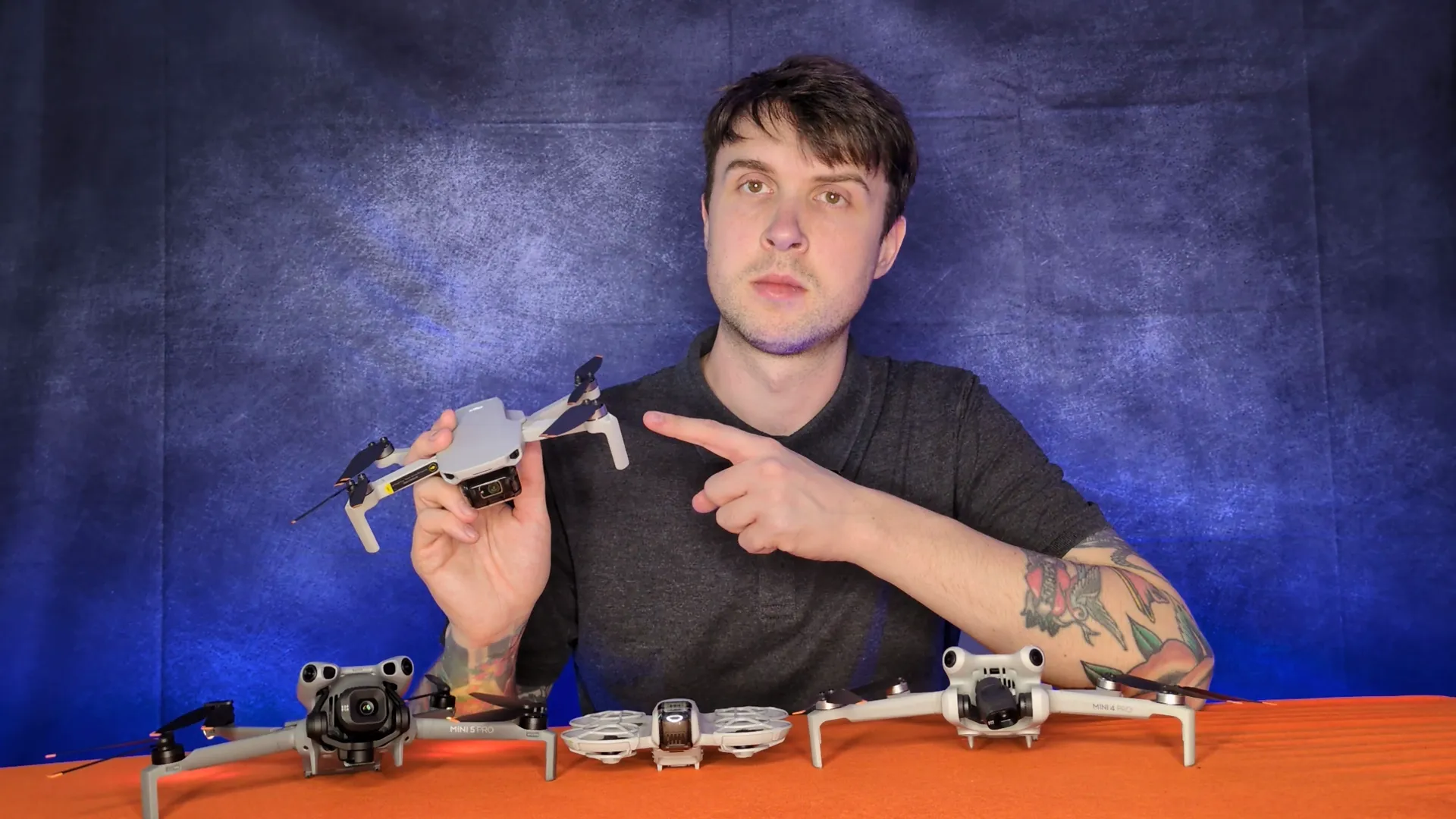
When Is Drone EVLOS Used
This team-based approach unlocks missions where standard VLOS is insufficient but full BVLOS isn't required. You'll find EVLOS is particularly useful for inspecting moderate-sized industrial sites.
Imagine you're surveying a large warehouse, a sprawling storage yard, or a complex manufacturing plant. A single drone pilot’s view is often too limited, but you don't need the added complexity of a full beyond visual line of sight operation. EVLOS bridges that critical gap perfectly.
It's also a game-changer for linear infrastructure inspections. When you're assessing miles of railways, highways, pipelines, or power lines, you can position your trained observers strategically along the route. This setup ensures your team maintains continuous, safe coverage of the drone as it travels far beyond your own line of sight.
It allows you to complete long, linear missions efficiently and safely, keeping an eye on the drone at all times.
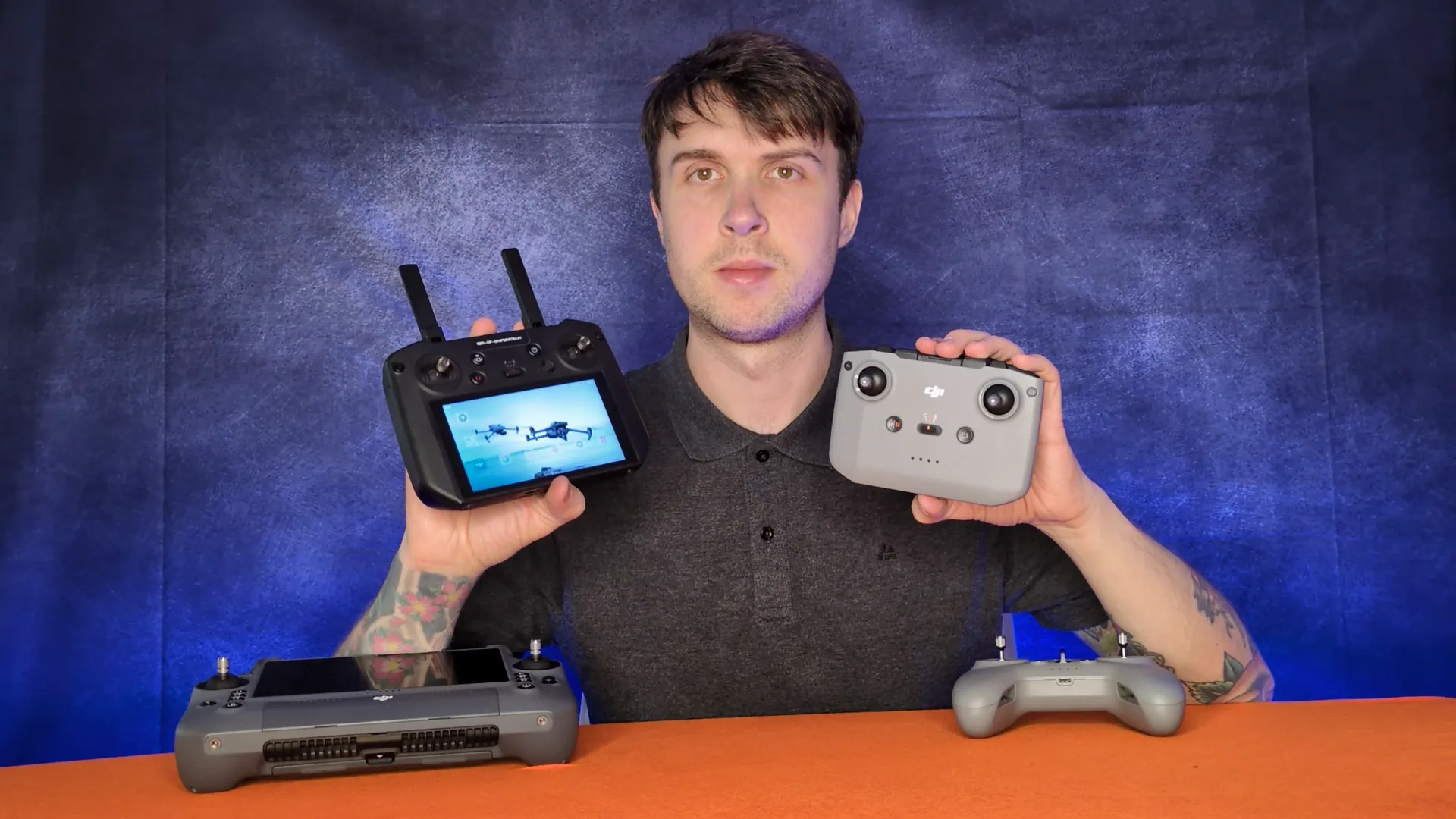
UK Regulatory Requirements For EVLOS
Before flying EVLOS in the United Kingdom, you'll need your procedures approved by the Civil Aviation Authority (CAA). To get this green light, you must submit a comprehensive Operating Safety Case (OSC).
This document details how you'll manage the unique risks of flying beyond your direct sightline, proving you can operate safely. The OSC is your foundational requirement, demonstrating to the CAA that your entire operational plan, including your use of remote observers and communication systems, is sound.
On the insurance front, you're in a good position. Your standard commercial drone insurance policy will typically cover your EVLOS operations without any issue. The key condition is that your flights must strictly adhere to the rules outlined in your CAA-approved OSC.
As long as you're compliant, you won't need to get special approval or purchase additional policy add-ons from your insurer.
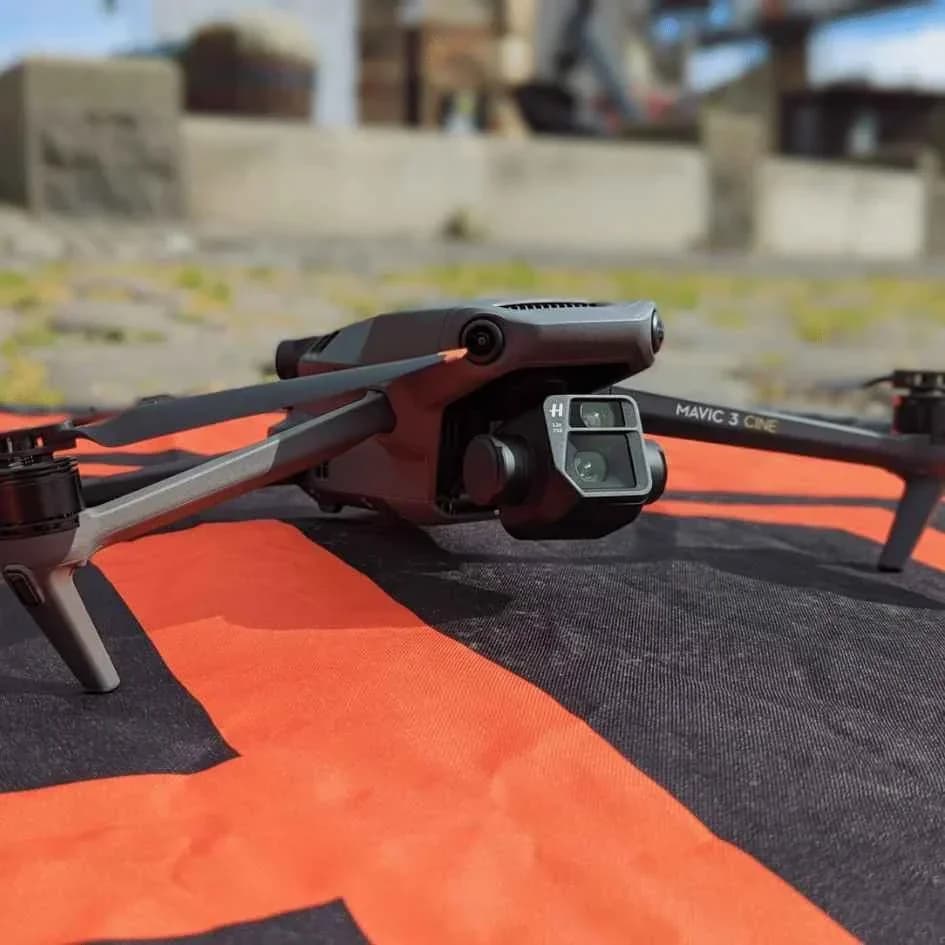
How To Get EVLOS Drone Licence
Although the UK has replaced the previous Operating Safety Case with a UK Specific Operations Risk Assessment (SORA), your path to an EVLOS authorisation starts by earning a General Visual Line of Sight Certificate (GVC). To get your GVC, you'll complete comprehensive training covering air law, meteorology, and navigation.
You must then pass a theory exam with a minimum of 40 questions and a practical flying test with an approved training provider.
With your GVC secured, you'll submit a detailed UK SORA application to the CAA. Your submission needs an operations manual, drone systems documentation, and a safety assessment demonstrating how you'll manage risks.
You must also detail your trained visual observer procedures and collision avoidance methods. If the CAA's technical team approves your application, you'll receive an Operational Authorisation with specific conditions attached, such as maximum distances and requirements for annual EVLOS flight assessments.
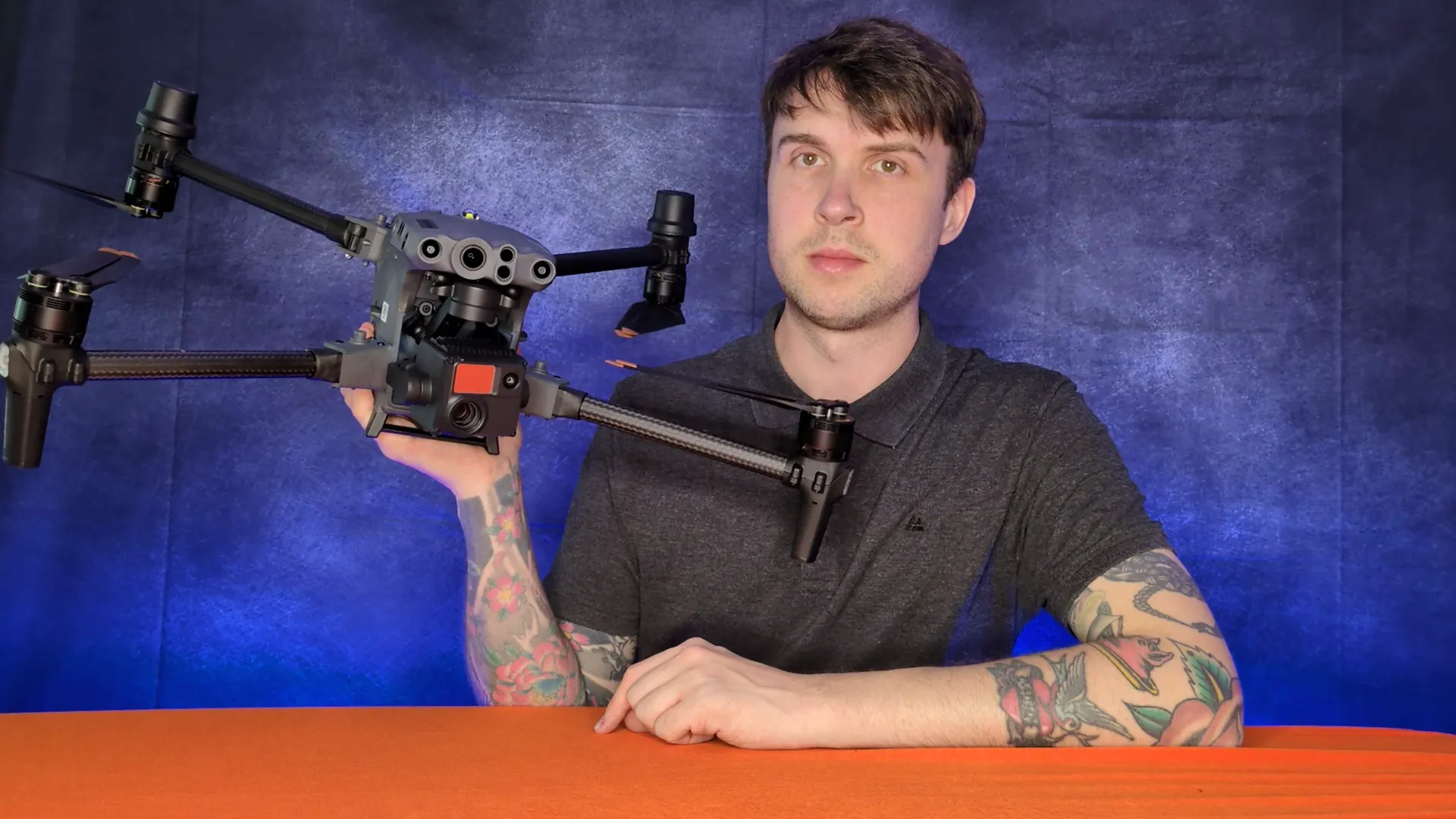
Frequently Asked Questions
How Is EVLOS Different From BVLOS?
When you fly EVLOS, you’re using a trained visual observer who keeps the drone in their sight when you can't. You're still relying on human eyes to avoid hazards.
With BVLOS, you're flying completely beyond anyone's direct line of sight. You aren't using an observer. Instead, you depend entirely on your drone's technology, like cameras and sensors, to see its environment and navigate safely, relying on instruments instead of eyeballs.
Is Flying EVLOS More Expensive Than VLOS?
Yes, you’ll find flying EVLOS is more expensive. Your primary cost increase comes from employing at least one extra person—a trained visual observer.
You’re not just paying their wages; you must also budget for their specific training and the reliable communication gear needed to connect them to the drone pilot. These added personnel and equipment requirements directly raise your operational expenses compared to a standard VLOS flight that doesn't need an observer.
What Special Equipment Does EVLOS Require?
You'll mainly need special communication and observation tools. You must equip yourself and your visual observers with reliable two-way radios to maintain constant contact.
Your observers also require high-powered binoculars to keep the drone in sight when it's beyond your own view. Your drone needs a powerful, long-range command and video link to function at a distance. High-visibility lighting on the drone itself is also essential for tracking.
Are EVLOS Rules the Same in the USA?
No, the rules aren't the same. In the USA, the FAA doesn't offer a standard regulation for these operations.
Instead of following a simple procedure, you'll need to apply for a specific Part 107 waiver. Your application must prove to the FAA how you'll maintain safety using visual observers. It's a rigorous, case-by-case approval process you must navigate, not a pre-approved rule you can simply follow on your own.
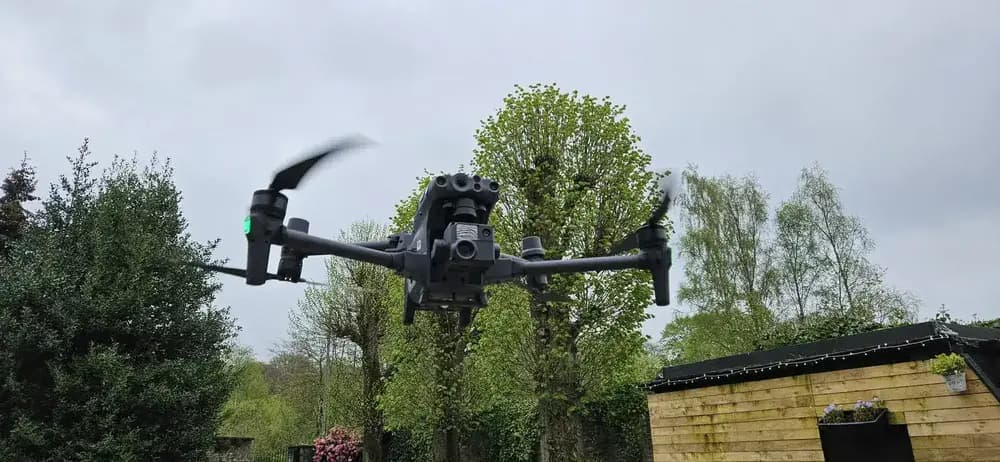
Can Any Consumer Drone Be Used for EVLOS?
You generally can’t use just any consumer drone for these types of flights. While some models boast long-range capabilities, they often lack the robust, failsafe command links and specific safety features regulators require.
For an approved operation, you'll need to prove your entire system is exceptionally reliable. This usually means using enterprise-grade drones designed with the redundancies necessary for flying beyond your direct sight, which most off-the-shelf consumer drones simply don't have.
Find Your Expert EVLOS Drone Pilot in the UK
Navigating the complexities of Extended Visual Line of Sight operations, from risk assessments to CAA authorisation, can be a major hurdle for businesses needing to inspect long infrastructure or large sites. The success and safety of an EVLOS mission depend entirely on the expertise of the crew. This is the specific challenge HireDronePilot is built to solve.
Our UK-wide network includes certified drone pilots with proven experience in conducting complex flights and securing the necessary Operational Authorisations from the CAA. HireDronePilot is the UK's premier managed marketplace, connecting businesses with verified professional drone pilots for hire. We streamline drone services through competitive bidding, ensuring quality, compliance, and value for every aerial project across the United Kingdom.
Instead of navigating the regulatory landscape alone, you can hire a qualified EVLOS drone pilot who already has the permissions and experience required.
Post your project today and connect with CAA-approved professionals ready to extend your operational reach and deliver exceptional results.
About the Author

Written by
Peter Leslie
Peter Leslie is a CAA-approved commercial drone pilot with 10+ years experience and over 10,000 flight hours. He holds the GVC and A2 CofC drone licences with full CAA Operational Authorisation. Peter is a member of ARPAS-UK, the UK's non-profit trade association for the drone industry. He founded HireDronePilot to connect UK businesses with qualified, insured drone operators.
Looking for More Drone Work?
Join the UK's leading network of professional drone pilots and grow your business.
Open Access
Bid on any job - all jobs open to all pilots
Grow Revenue
Access high-value commercial projects
Stay Busy
Fill your schedule with regular work
Related Articles

Our Drone Survey Service In Stirling, Scotland
Bringing you Stirling drone survey data from areas no one else can fly.

How Much Does A Drone LiDAR Survey Cost
Forecasting your drone LiDAR survey cost requires understanding what's hidden beyond the initial quote.

Step By Step Process Of Drone LiDAR Survey
Next, discover the crucial post-flight steps that determine your survey's success.